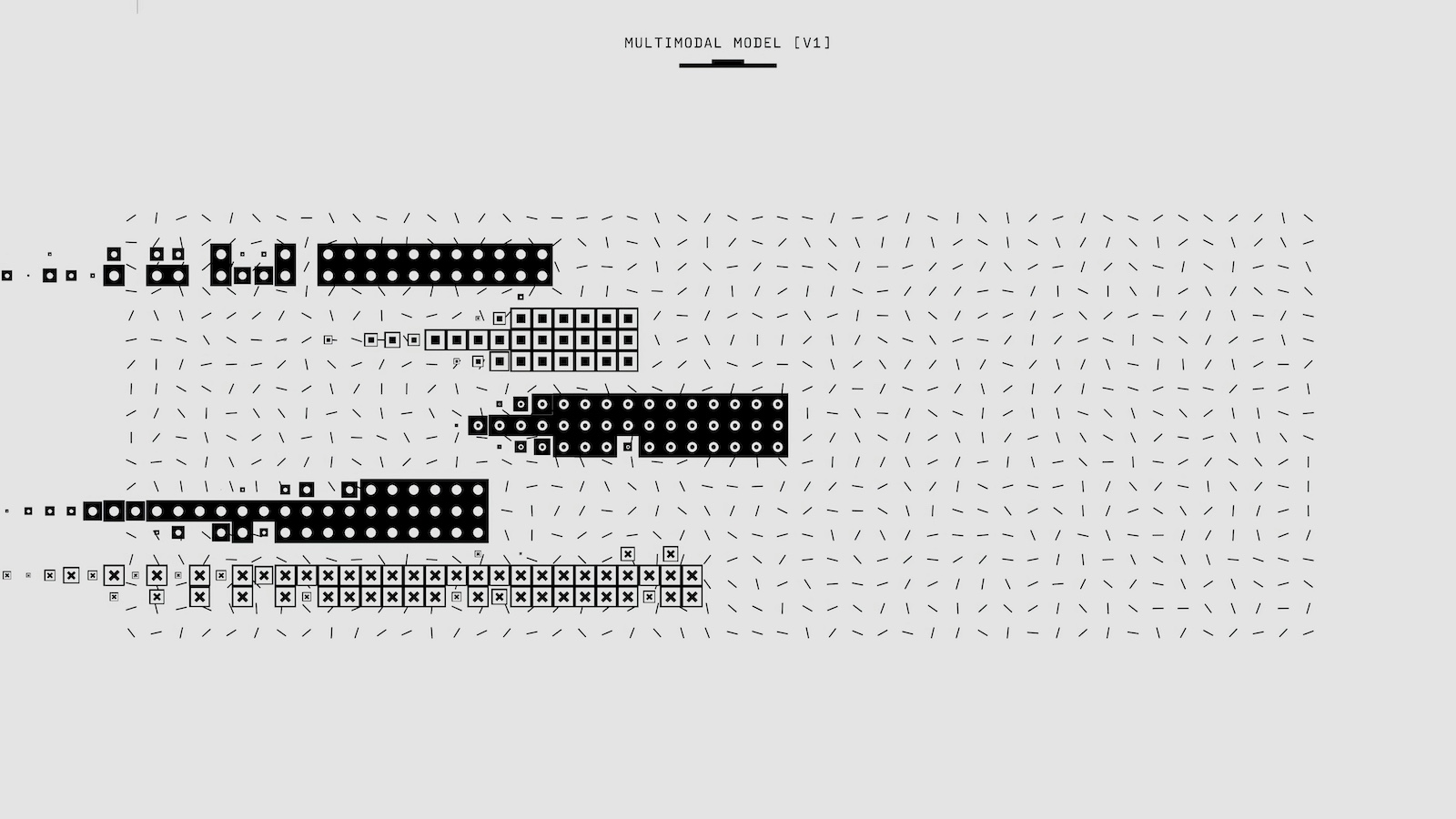For decades, property and casualty (P&C) insurance has operated from a retrospective standpoint. Carriers were not in the prediction business; they were in the reporting business.
Quote-to-bind ratios, combined ratios, loss trend analysis, and claims severity are all processes carried out in hindsight. Disruptive forces, such as climate instability and litigation risk, add to the existing volatility and underscore what appears to be an unbearable disadvantage of a retrospective approach.
Simply put, it's time to reconsider the past. Predictive accuracy and real-time responsiveness aren't options, they are the requirements for competitive advantage.
Turning Data From a Scorekeeper Into a Decision-Maker
We are witnessing a systemic shift. The most ambitious carriers are moving from using analytics as a reporting layer to using it as an operating layer. That's right. They are integrating analytics directly into workflows for essential decision-making.
The measures insurers are incorporating include:
- Pricing risk using dynamic behavioral signals and other external data
- Creating models that provide alerts to underwriters on outlier claims before they escalate
- Shifting claims and other data to a real-time decision engine instead of a passive dashboard/scoresheet
This is not about the use of dashboards. It is all about decisions. It is not a technology story; it is a capability story.
According to McKinsey, AI and advanced analytics generated over €1.2 trillion in global business value in 2023, with insurance being one of the largest beneficiaries. Likewise, Willis Towers Watson found that two-thirds of insurers used predictive analytics, which improved underwriting accuracy, while nearly 60% reported measurable improvements in profitability.
Insight That Lands Where It Matters Most
Most insurers have developed dashboards; yet frontline teams, including underwriters, claims handlers, and fraud analysts, still make decisions with little to no insight into what's relevant across time and space.
Consider this conundrum. The quote-to-bind average for a nationwide carrier means very little if the underwriter is located in Florida during hurricane season, and a claims manager resolving wildfire losses in California requires entirely distinct signals from a pricing analyst in New York.
Predictive models now enable:
- Fraud detection, based on anomalies in claims associated with repair shops and third-party vendors
- Real-time detection of inconsistencies between social media and vendor activities
- Task-specific customization for investigators, managers, or data scientists who each have distinct interfaces but the same data
The insight matters the same way as the measure: it must reach the right person, at the right time, in the right context.
Data Without Accountability Is Just Noise
After analytics has switched from role indifference to role specification, the next step is alignment: discerning noise from signals that lead to outcomes.
Most carriers measure numerous indicators, including loss ratios, the number of claims, and cycle times. Very few connect these measures to an operational decision.
For example:
A regional carrier saw a drop in the quote-to-bind in two ZIP codes. The issue wasn't pricing. The obstructive piece? A lagging user interface that delayed submissions at peak quoting due to complexity. A fast interface adjustment recovered two weeks of quotes.
What it did:
- Loss cost trend segmented by line of business enabled pricing teams to respond more quickly to inflation
- Claims frequency and severity, segmented by peril and geography, surfaced evolving risk clusters
- Renewal lift segmented by service interactions raised flags that were correlated to potential customer retention
What has changed in the examples above? Accountability. When the quote-to-bind dropped 15% in commercial auto, who owned those metrics? What playbook would they follow? What would trigger escalation?
Analytics maturity is not just about measuring more metrics. That's where insurance business process management (BPM) services can make a difference. They don't work as outsourced labor but as structured, accountable extensions of the operating model, creating a closed-loop system in which insight drives expedient and measurable action.
Integrating Analytics Along the Insurance Value Chain
Analytics is shifting from being the bystander to being embedded in the P&C operating model. P&C stakeholders are increasingly using analytics to inform all links along the value chain.
Underwriting:
- AI-driven workflows ingest behavioral, telematics, weather, and macroeconomic data
- The quality of risk selection can improve without compromising or delaying the speed of quoting
Pricing:
- Behavioral pricing models use real-time indicators on driving behaviors, or the usage of a property
- Pricing accuracy has improved with increasingly individualized risk alignment
Claims:
- Anomaly detection becomes integrated into workflows
- Low-risk claims get fast-tracked; edge cases are flagged early
Customer outcomes improve when cycle time is reduced, and leakage due to fraud awareness is diminished.
What is the connective tissue of these examples? It's not software, it's the intelligence at the point of decision. Information should not slow the process of quoting, escalating, or renewing; information should influence it.
Conclusion: Smart Data, Smarter Decisions
The future of P&C insurance will not be claimed by the carrier with the most dashboards but by the carrier with the fastest and smartest decisions.
As risks rise, margins become thinner and capital becomes tight in an emergency, the move from hindsight to foresight has become an existential imperative.
This is not about better reporting. It is about:
- Embedding intelligence into every decision point
- Helping teams act on the data, rather than be buried beneath it
- Pulling together systems that tie metrics to outcomes, not just insight to charts
Because at the end of the day, the winning edge is not more data, it is better decisions, made faster than the competition.








